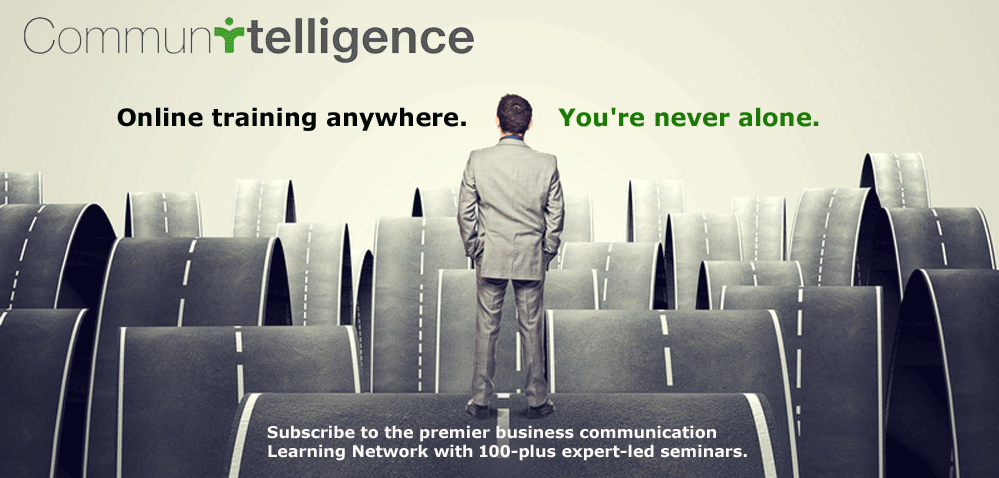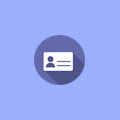I was flying from the Midwest to Seattle. She was my seatmate. And she was clearly in meltdown mode.
“I’m a recruiter,” she said, naming a well-known technology company. “And I spend my life dealing with email. I shouldn’t even take the time to talk with you.” She seemed like a nice person – but frazzled to the max.
She spent most of our four-hour flight doing two things – typing with furious abandon on her laptop, and pouring out her heart to me. She told me the flow of email was relentless. “On a quiet afternoon,” more than 200 messages dropped into her in-box. For her, there was no escape – not even at 31,000 feet.
At age 39, she was seriously thinking of fleeing her job in order to preserve her sanity.
“I’m usually a positive person,” she said. “I don’t like what this job has done to me. It’s a job I wanted, but I may need to leave it so I can get back to who I am.”
I wanted to share some “best practices.” I wanted to give her five easy steps to making things OK. But the fact is, we’re still catching up when it comes to how to use email.
Microsoft – whose software is used to send and receive more emails than anyone else’s – has come up with some useful technical tools. The latest version of Outlook, with its vertical message pane and colorful flags – is an improvement on what’s come before.
Microsoft Marketeer John Porcaro recently posted a colorful look at the company’s email culture, along with his favorite email tips. Microsoft itself has some well-intended advice on better emailing – but it’s on the simplistic side, and way too difficult to find and access.
And when I called Microsoft’s “Crabby Office Lady” (whose columns are actually pretty good) to ask about best practices . . . let’s just say she lived up to her name.
David Allen – author of the best-selling “Getting Things Done” – has come up with an Outlook “add-in” that allows you to delegate a message, create a task for yourself, hit the “snooze” button (the email will reappear after a certain number of days), and several other options. Business author Chuck Martin has weighed in with “Seven Tips for Getting Control of Email.”
All these are somewhat helpful – yet all are woefully incomplete. Where is the team of psychologists, anthropologists, information designers and technologists who can assemble a comprehensive approach to email that will truly help individual and corporate productivity?
There’s a golden opportunity here for the folks in Redmond to take the lead on this. They could contribute to crafting some holistic – not just technological – solutions to the problems their technology has helped create. Not only would it earn them the gratitude of companies worldwide, it would advance Microsoft’s cause of “Trustworthy Computing” – and they could probably monetize it.
And, on a future airplane flight, my seatmate might be able to open a John Grisham novel instead of her laptop.













